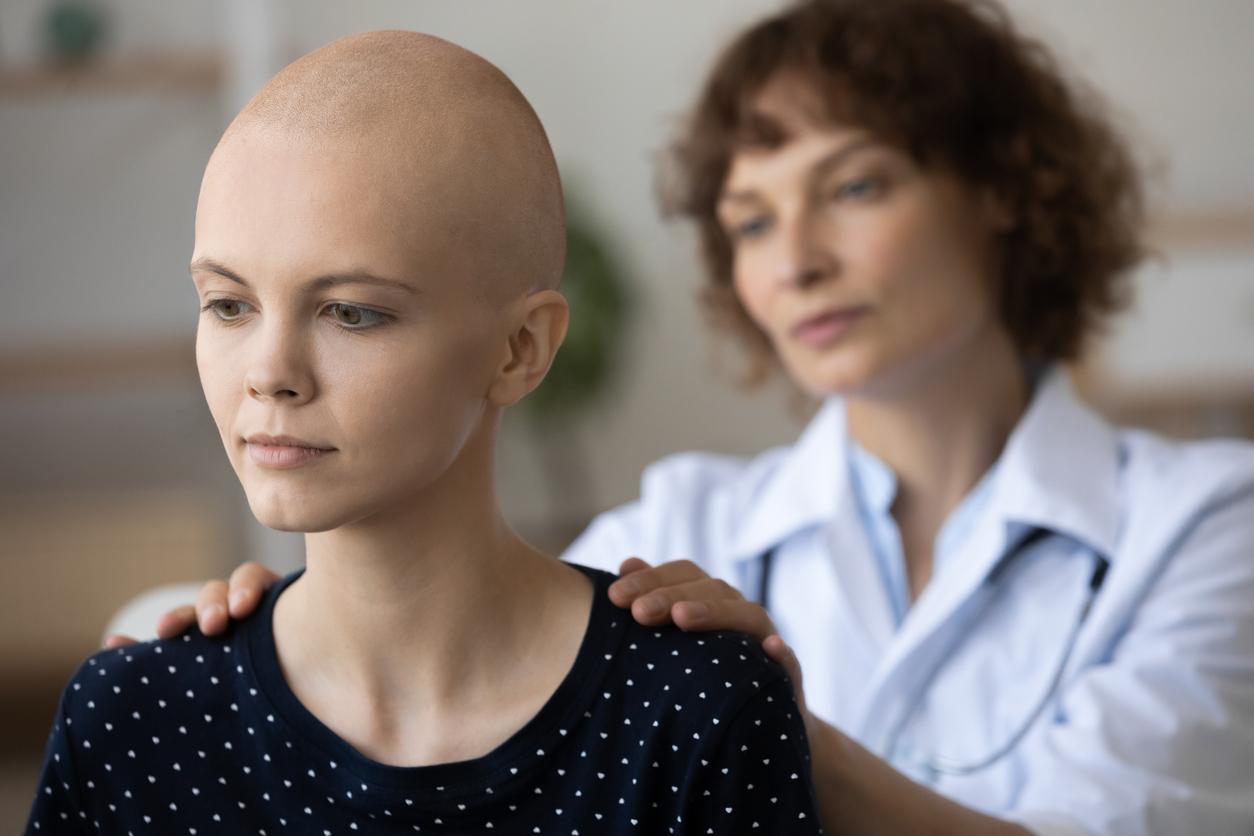In the United States, researchers have developed a real-time intervention system to reduce racial disparities in cancer treatment.

Not all are equal in the face of illness. In the United States, white people with cancer are treated better than black people. Based on this observation, a coalition of researchers has set up a pragmatic intervention system in cancer centers in order to put an end to these disparities. The very promising results of their intervention were presented in March in the Journal of the National Medical Associationnot and early May on the UNC Health Care website.
In 2005 and 2009, Samuel Cykert, professor of medicine at the UNC School of Medicine, and his colleagues conducted studies to understand the extent of racial disparities in cancer treatment. “We found what appears to be an implicit bias in a few physicians less able to take the same risks with patients different from them,” Cykert says. “A white and black patient at the same age may need the same operation, the same income and the same insurance and yet the white patient will be more likely to receive the operation and have their cancer treated”, he assures.
The researchers also noticed that black cancer patients who did not have a stable income were most often not followed through. Discoveries that highlight the need for a health system that follows the personal trajectory of the patient. “Knowing this, we want to build a system to address these care failures in real-time communication to help us track patients who would otherwise disappear,” Cykert explains.
A real-time alarm system to alert when a patient misses an appointment
The latter and his colleagues then created an intervention system to reduce treatment disparities in patients with lung cancer. The results having been crowned with success, they have now tried the experiment again for patients suffering from breast cancer. To do this, they recruited 302 patients between the ages of 18 and 85 at Cone Health and the Pittsburgh Medical Center for Cancer.
Their intervention then consisted of several steps. They set up a real-time alarm system, gave specific feedback on racial health disparities to clinical teams and trained a nurse to follow patients through their treatment, to bond with them. and to establish a climate of trust.
Specifically, the real-time alarm system alerted nurses when a patient missed an appointment or an important treatment step. The nurse then contacted the patients and asked them to come back to the hospital. Results: whereas before this intervention, 87.3% of white patients completed their treatment compared to 79.8% of blacks, after the operation, treatment was completed for 89.5% of white patients and 88 .4% of blacks.
“This treatment model can be applied to almost every chronic disease”
“These results are promising for all cancer treatment centers,” says Samuel Cykert. “We created systemic changes that closed disparities and improved the health care system for all races,” adds Kari Thatcher, who works at the Greensboro Health Disparities Collaborative who accompanied Cykert on his project. “It’s the result of a collaboration between researchers, health care providers and community members who helped form an action plan to achieve real change,” continues his colleague Terence Muhammad.
Now, the Cone Health Cancer Center in Greensboro is working to permanently implement this intervention in the treatment of cancer for all patients. “This treatment model can be applied to almost every chronic disease,” says Matthew Manning, acting chief of oncology at Cone Health. At the same time, the researchers are in the process of submitting a grant application to the National Cancer Institute to implement this intervention in all cancer centers.
In 2017, the annual report of the American Cancer Society reported on the disparities in cancers in the United States. And if, according to him, the two sexes were not equal in terms of pathology (men being more exposed than women), racial disparities in terms of mortality linked to cancers continued to decrease. “The increased risk of dying from this disease in black men compared to whites has more than halved over the past 25 years, from 47% in 1990 to 21% in 2014. In black women this additional risk has fallen from a peak of 20% in 1998 to 13% in 2014. Although the cancer death rate remained 15% higher in 2014 among black people in the United States than among white people, increased access to prevention and care greatly contributed to this improvement”, noted the report citing in particular the health insurance plan set up in 2010 by Barack Obama to extend medical coverage to the most disadvantaged Americans.

.

















